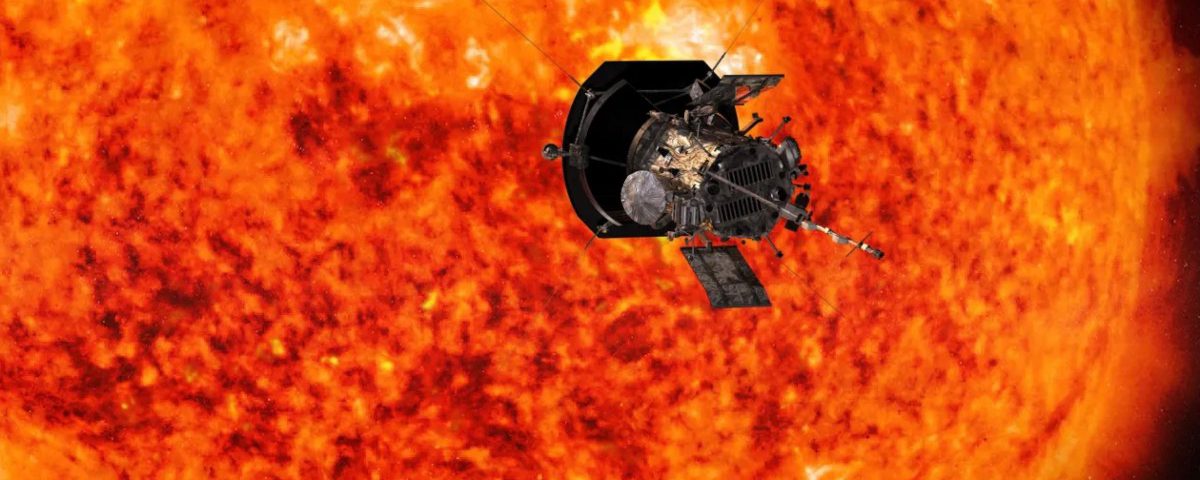It survived! NASA’s Parker Solar Probe just phoned home

Jupiter will be at its biggest and brightest this weekend. Here’s how to see it
December 30, 2024
Roaming Rocks
December 30, 2024It survived! NASA’s Parker Solar Probe just phoned home
NASA’s Parker Solar Probe has reestablished contact with Earth, confirming that it survived Tuesday’s closest-ever approach to the sun.
Full Article
NASA’s Parker Solar Probe has phoned home, providing the eagerly anticipated confirmation that it managed to survive its close pass of the sun earlier this week. “Following its record-breaking closest approach to the sun, NASA’s Parker Solar Probe has transmitted a beacon tone back to Earth indicating it’s in good health and operating normally,” the space agency said in an announcement on its website early on Friday. The data-gathering spacecraft zipped by the sun on Tuesday at 430,000 mph (692,017 kph) — the fastest speed ever reached by a human-made object — coming within 3.8 million miles of the solar surface. But the spacecraft’s position in relation to Earth led to an expected communications blackout, meaning that the mission operations team at the Johns Hopkins Applied Physics Laboratory in Laurel, Maryland, had to wait until now to discover if it had survived the close encounter with the sun. To the team’s relief, a signal came through from the Parker Solar Probe late on Thursday night. The spacecraft is expected to send back detailed telemetry data on its status on January 1. “This close-up study of the sun allows Parker Solar Probe to take measurements that help scientists better understand how material in this region gets heated to millions of degrees, trace the origin of the solar wind (a continuous flow of material escaping the sun), and discover how energetic particles are accelerated to near light speed,” NASA said. “Previous close passes have helped scientists pinpoint the origins of structures in the solar wind and map the outer boundary of the sun’s atmosphere.” NASA’s Parker Solar Probe was launched from Cape Canaveral, Florida, in 2018. Its first significant flyby of the sun took place in April 2021, during which the probe became the first spacecraft to “touch” our nearest star by entering its outer atmosphere, known as the corona. Next month will see a rare and exciting astronomical event: a total solar eclipse that will be viewable across much of North America. On Monday, April 8, the moon will pass directly between the Earth and the sun, blocking out the sun’s rays and temporarily causing dusk, then darkness in the middle of the day. In 15 U.S. states, darkness will descend for several minutes across the course of an hour, enabling a unique experience for those within the viewing radius. But though this is a wonderous event to behold, you’ll need to be careful if you wish to view the eclipse, as doing so without the right equipment can damage your eyes. NASA has shared tips on how to safely view the eclipse, and the agency will also provide a live stream of views of the eclipse for those who can’t see it in person.
How to view the solar eclipse safely
A person watches the annular solar eclipse of October 14, 2023, in Kerrville, Texas. NASA How to Photograph a Total Solar Eclipse Nikon recently shared some tips on photographing April’s total solar eclipse, and NASA is also offering its own ideas. SunSketcher Solar Eclipse Project Tutorial NASA is calling on citizen astronomers in the U.S. to help it learn more about our sun. Upgrade your lifestyleDigital Trends helps readers keep tabs on the fast-paced world of tech with all the latest news, fun product reviews, insightful editorials, and one-of-a-kind sneak peeks.

